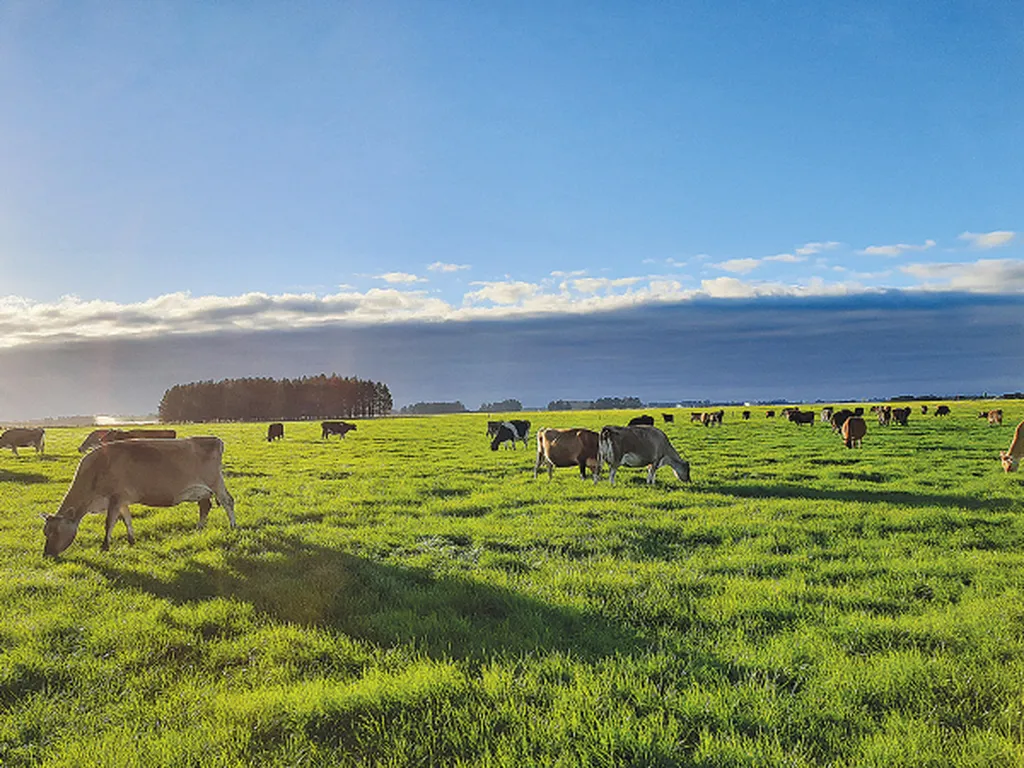In the heart of New Zealand, a groundbreaking study led by Rukshagini Sutharsan from the School of Agriculture and Environment at Massey University is challenging conventional wisdom about pasture management and nitrogen fixation. The research, published in the journal *Plants* (which translates to *Rastliny* in English), is not just about greener pastures—it’s about rethinking how we approach sustainable agriculture and nitrogen management.
Sutharsan and her team set out to quantify biological nitrogen fixation (BNF) in diverse pasture swards compared to standard pastures. The diverse swards included a mix of nine species, while the standard pastures were a simple combination of ryegrass and clover. The goal? To see if diversity could enhance nitrogen fixation and reduce reliance on synthetic nitrogen inputs.
The results were striking. The diverse pasture sward produced 5.4% more dry matter than the standard pasture, and nitrogen yield was 9.3% higher. “This isn’t just about more grass; it’s about smarter grass,” Sutharsan explained. “By incorporating a variety of legume species, we can create a more resilient and productive pasture system.”
One of the most compelling findings was the seasonal variation in BNF. In diverse pastures, BNF rates increased three-fold from winter to summer, compared to a 1.5-fold increase in standard pastures. This seasonal flexibility could be a game-changer for farmers, allowing them to maintain pasture quality and nitrogen supply year-round.
The study also highlighted the importance of clover proportion. In both pasture systems, BNF increased with clover proportion up to 30%, indicating that moderate clover levels are optimal for fixation. “It’s about finding the right balance,” Sutharsan noted. “Too much clover can lead to other issues, but the right amount can significantly enhance nitrogen fixation.”
So, what does this mean for the future of agriculture? The findings underscore the potential of diverse pastures to enhance seasonal BNF while sustaining pasture productivity. This could lead to reduced reliance on synthetic nitrogen fertilizers, which have significant environmental and economic costs.
For the energy sector, the implications are equally profound. Nitrogen is a critical input for many energy crops, and reducing the need for synthetic nitrogen could make these crops more sustainable and cost-effective. As the world shifts towards renewable energy sources, the demand for sustainable agricultural practices will only grow.
Sutharsan’s research is a step in the right direction, offering a glimpse into a future where diverse pastures and strategic management can enhance nitrogen fixation, reduce environmental impact, and boost agricultural productivity. It’s a future that’s not just greener, but smarter.

